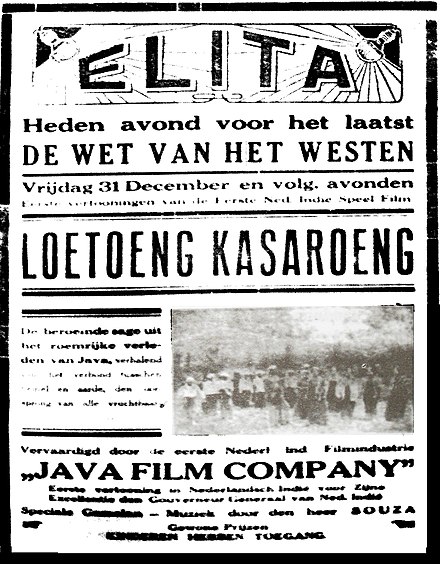Los Países Bajos , informalmente Holanda , es un país del noroeste de Europa , con territorios de ultramar en el Caribe . Es el más grande de los cuatro países constituyentes del Reino de los Países Bajos . Los Países Bajos constan de doce provincias ; limita con Alemania al este y Bélgica al sur, con una costa del mar del Norte al norte y al oeste. Comparte fronteras marítimas con el Reino Unido , Alemania y Bélgica. El idioma oficial es el neerlandés, con el frisón occidental como idioma oficial secundario en la provincia de Frisia . El neerlandés, el inglés y el papiamento son oficiales en los territorios del Caribe .
Los Países Bajos han sido una monarquía constitucional parlamentaria con una estructura unitaria desde 1848. El país tiene una tradición de pilarización (separación de los ciudadanos en grupos por religión y creencias políticas) y un largo historial de tolerancia social , habiendo legalizado la prostitución y la eutanasia , junto con el mantenimiento de una política liberal de drogas . Los Países Bajos permitieron el sufragio femenino en 1919 y fue el primer país en legalizar el matrimonio entre personas del mismo sexo en 2001. Su economía avanzada de mercado mixto tiene el undécimo ingreso per cápita más alto del mundo. La Haya alberga la sede de los Estados Generales , el Gabinete y el Tribunal Supremo . El puerto de Róterdam es el más transitado de Europa . Schiphol es el aeropuerto más transitado de los Países Bajos y el cuarto más transitado de Europa . Al ser un país desarrollado , los Países Bajos son miembro fundador de la Unión Europea , la Eurozona , el G10 , la OTAN , la OCDE y la OMC , así como parte del Espacio Schengen y la Unión trilateral del Benelux . Alberga organizaciones intergubernamentales y tribunales internacionales , muchos de los cuales tienen su sede en La Haya. ( Artículo completo... )


.jpg/440px-1924_50C_Huguenot-Walloon_New_Netherland_(obverse).jpg)



Van Dijk empezó como patinadora de velocidad y se dedicó al ciclismo como parte de su entrenamiento cruzado en verano. Destacó en ambas disciplinas, compitiendo a nivel nacional en categoría júnior. Tras convertirse en campeona nacional de ciclismo por quinta vez en 2007, abandonó el patinaje de velocidad y se dedicó por completo al ciclismo. Además de sus éxitos en títulos mundiales, Van Dijk también ha sido dos veces campeona europea de pista, dos veces campeona europea de contrarreloj y ha ganado cinco carreras de la Copa del Mundo. En 2012 compitió en tres disciplinas en los Juegos Olímpicos de Londres 2012 , donde ayudó a Marianne Vos a ganar la medalla de oro en la carrera en ruta, terminó octava en la contrarreloj y sexta en la persecución por equipos .


El Wikiportal holandés se encuentra actualmente en construcción. ¡Agradeceremos enormemente su ayuda!
Ver también:
Agreguese a la categoría de Wikipediadores ubicados en los Países Bajos .